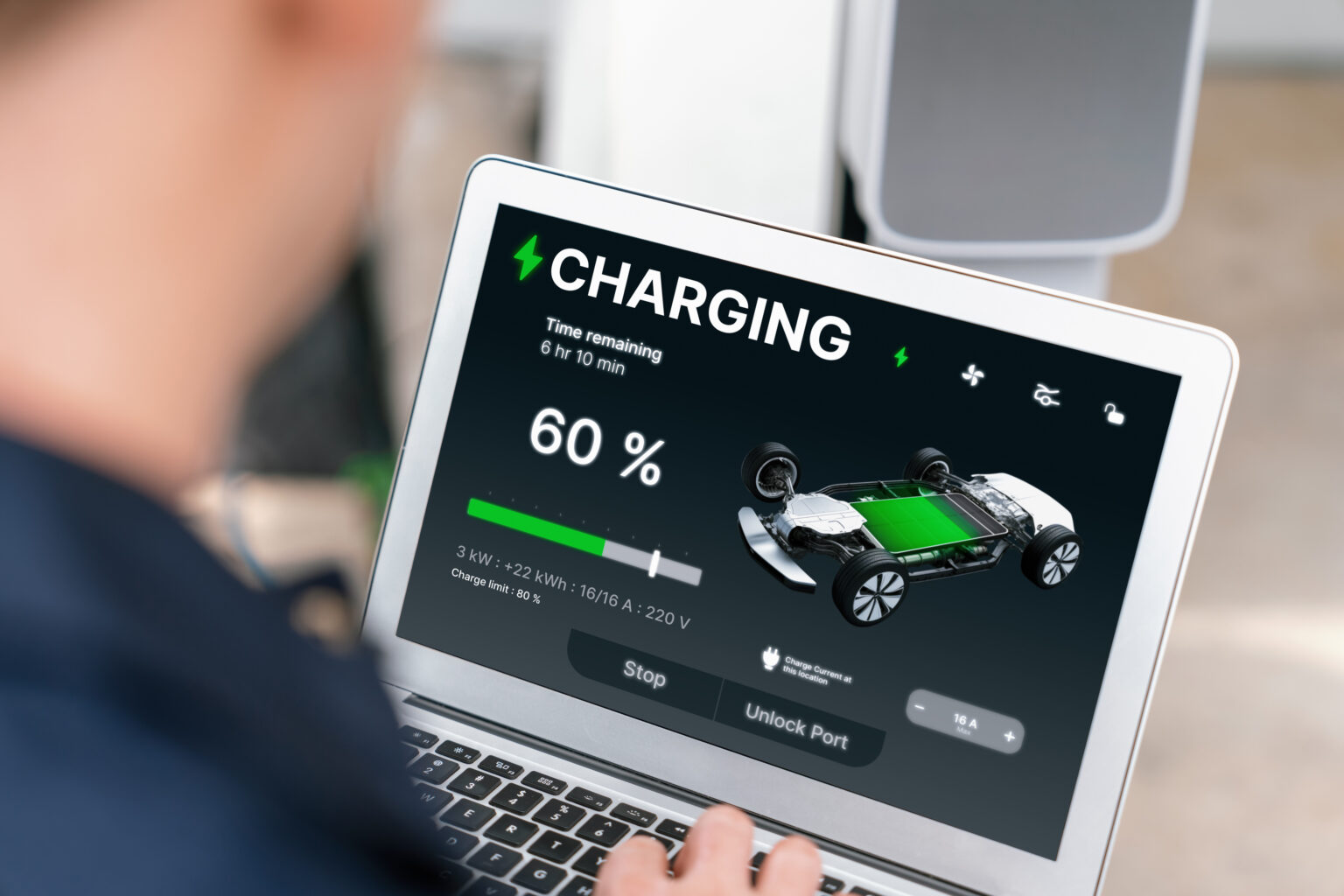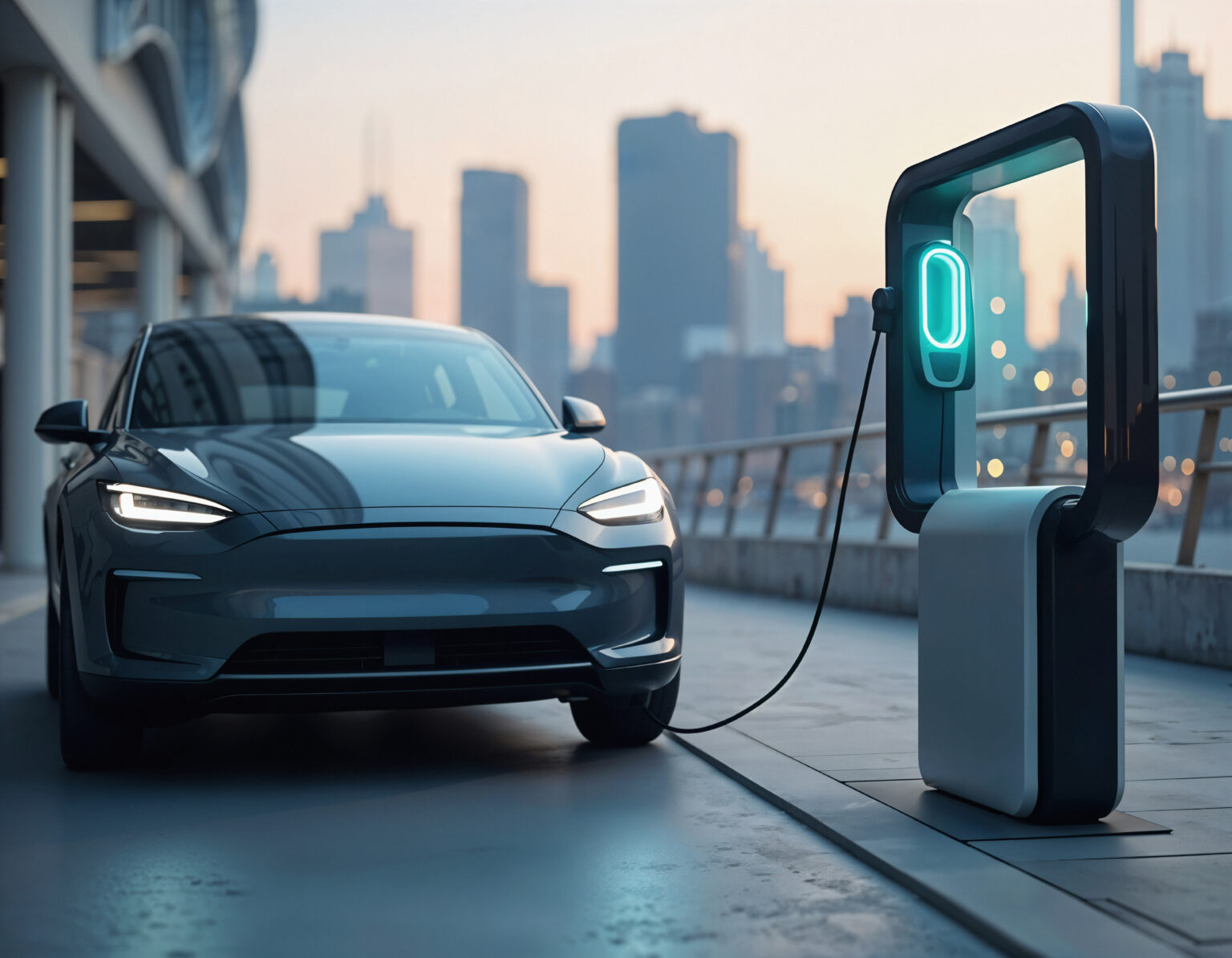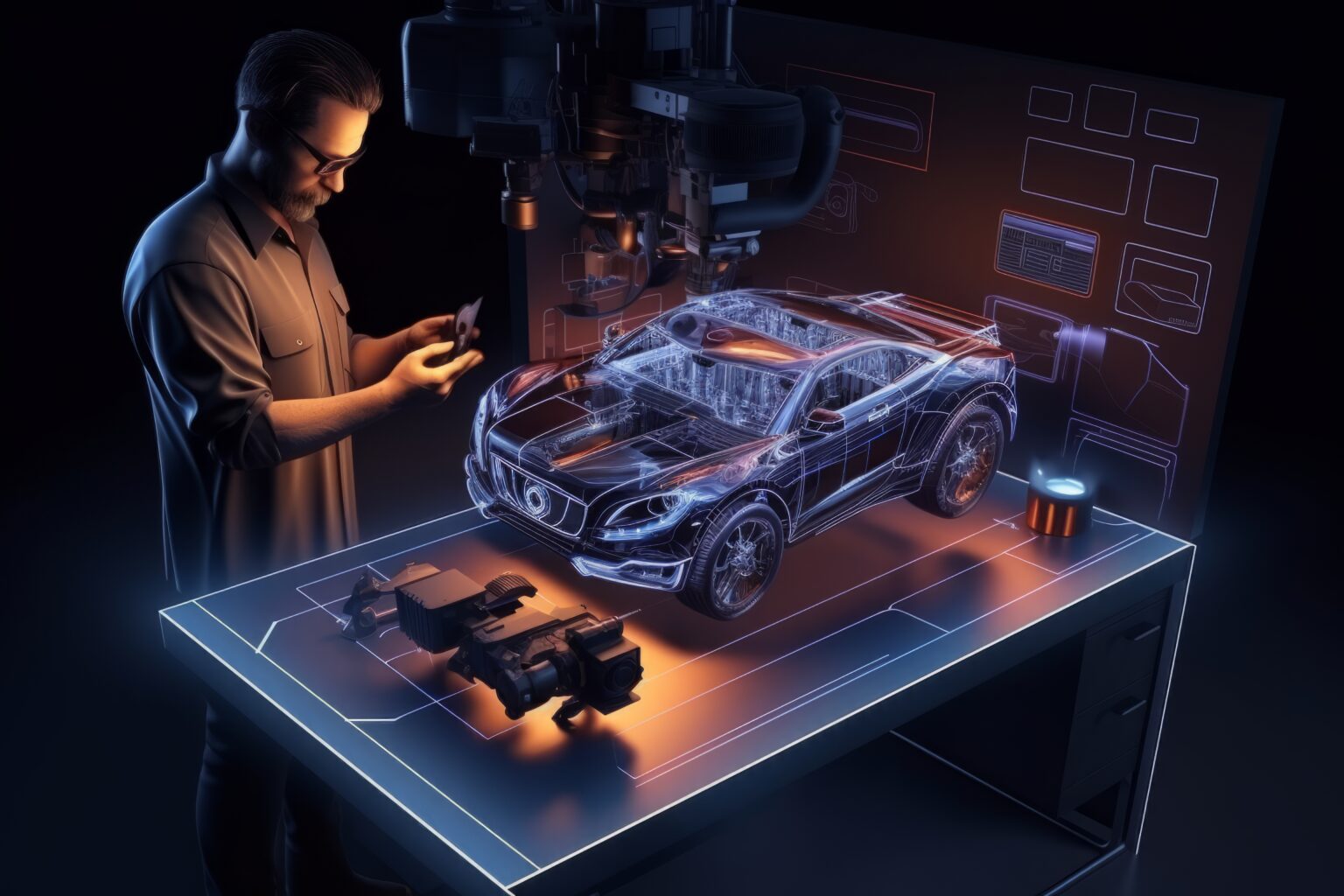The rise of electric vehicles (EVs) is transforming how we drive — but even more importantly, it’s about to transform how we power our homes, cities, and entire energy systems.
According to a recent report by EY and Eurelectric, two technologies are set to unlock massive savings and accelerate the shift to renewables: smart charging and vehicle-to-grid (V2G).
Let’s break down what these mean, why they matter, and how they could reshape our everyday lives.
What is Smart Charging?
Think of smart charging as giving your EV a “brain.”
Instead of simply plugging in and drawing power whenever it’s connected, smart charging automatically shifts charging to the cheapest and cleanest times of the day.
For example:
- Charging overnight when electricity demand is low
- Charging when there’s surplus wind or solar power on the grid
- Slowing or pausing charging if the grid is under heavy load
This isn’t just about saving money — it also helps the entire electricity system work more efficiently.
What is Vehicle-to-Grid (V2G)?
V2G goes a step further: it turns your EV into a mini power plant.
Here’s how:
- Your EV battery stores power
- During peak demand (like evenings when everyone gets home), your car can send some of that power back to the grid
- You get paid or rewarded for supplying this energy
With millions of EVs acting as small, distributed batteries, V2G could help keep the grid balanced, stable, and more sustainable.
How This Saves Money for Drivers
Switching from petrol or diesel to electric already reduces running costs.
But smart charging and V2G take these savings to the next level.
The EY and Eurelectric report found:
- EV drivers could cut total ownership costs by up to 29%
- In Germany, owners of family EVs could save around €1,800 per year
- UK SUV drivers could save roughly €3,000 annually
- Even compact EV drivers could save over €1,200 per year just by charging smartly and sharing stored energy during peak demand
These savings come from:
- Charging when electricity is cheapest
- Selling power back to the grid during high-price periods
- Avoiding extra grid charges and demand peaks
Benefits Beyond the Driver: Grid & Society
It’s not just drivers who benefit.
Smart charging and V2G could save Europe’s grid operators around €4 billion every year.
How?
- By reducing the need to build expensive new power plants or grid infrastructure
- By balancing unpredictable renewable energy (like wind and solar)
- By cutting the number of times renewable power has to be wasted because the grid can’t absorb it
By 2030, EVs could collectively supply about 4% of Europe’s electricity needs — enough to power 30 million homes. And by 2040, this could rise above 10% with full V2G adoption.
Supporting Renewable Energy
One challenge with renewable energy is that it isn’t always available when we need it.
The sun doesn’t shine at night, and wind can drop suddenly.
Smart charging helps by soaking up cheap, green energy when it’s plentiful.
V2G helps by releasing stored energy back when demand is high — making renewables more practical and reliable.
It’s a win-win: cheaper power for drivers and better use of clean energy for everyone.
What Needs to Happen Next
To make smart charging and V2G mainstream, we’ll need:
- More bi-directional chargers: Most chargers today can’t yet send power back to the grid
- Standardized technology so all EVs and chargers can “talk” to the grid
- Clear policies and rewards so drivers get paid fairly for supporting the grid
- More consumer awareness so people know the benefits
Pilot projects across Europe — like the MyWheels car-sharing fleet in the Netherlands, which is deploying 500 V2G-enabled EVs — show this isn’t just theory. It’s already happening.
Why It Matters ?
Smart charging and V2G aren’t just clever add-ons — they’re essential if we want:
- Lower energy bills for EV drivers
- A stable, reliable electricity grid
- Faster adoption of renewable energy
- Less need to build new power plants
In short: they’re the missing link connecting electric cars to a smarter, cleaner, and more affordable energy future.
Final Thoughts
EVs were once seen purely as a way to cut tailpipe emissions.
But with smart charging and V2G, they become so much more: mobile batteries that help the whole grid, support renewables, and save money for everyone.
As EY and Eurelectric’s report shows, this isn’t a distant dream — it’s a practical solution we can start using now.
Credits & Further Reading
- EY / Eurelectric: “Smart-charging and V2G critical for cost savings, grid stability and renewables integration” (read the full article here)
- EY / Eurelectric full report: “Plugging into potential: unleashing the untapped flexibility of EVs”
- Additional data from Reuters & Wikipedia




